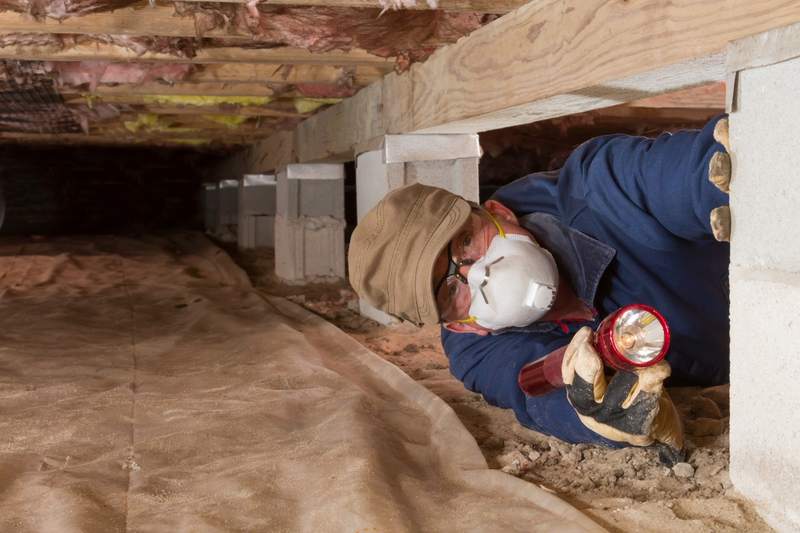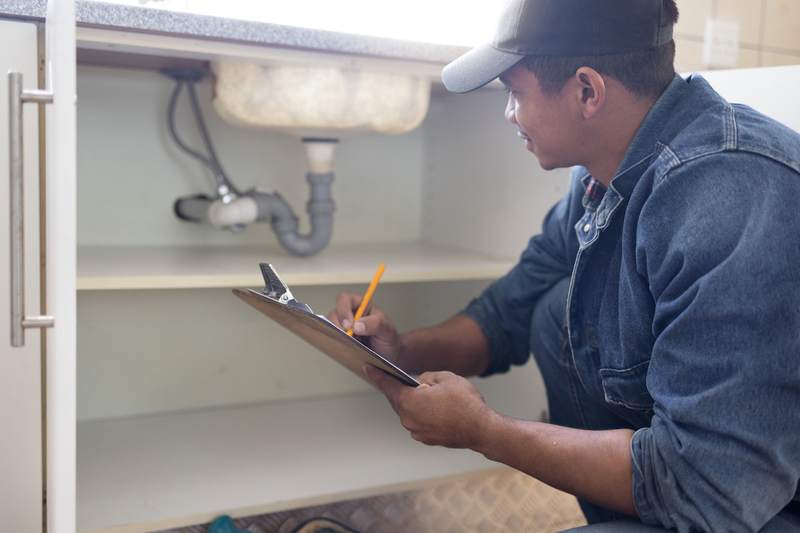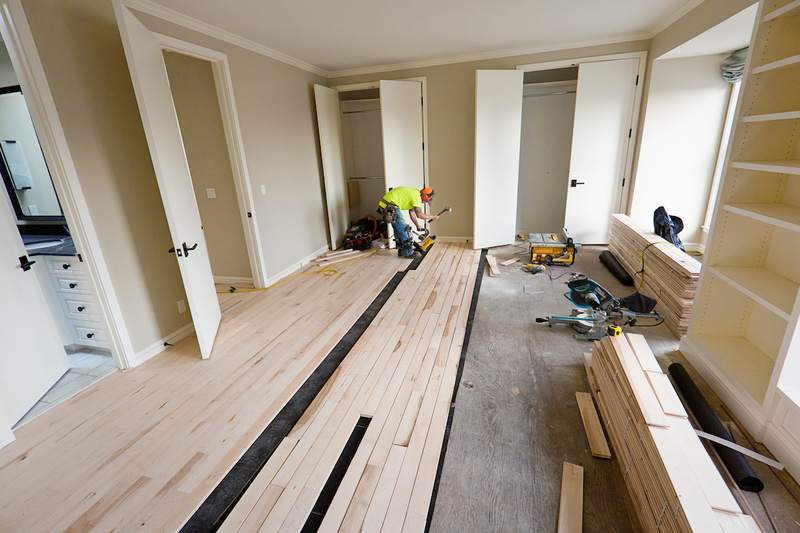
Loans backed by the Department of Veterans Affairs can be a good option for military service members and veterans — or their surviving spouses — who are looking to buy a home. VA loans require no down payment or mortgage insurance, which can help eligible buyers more easily afford a home.
However, all types of VA loans have strict eligibility requirements for properties and borrowers, who also must pay an upfront funding fee.
How To Apply For a VA Home Loan in 8 Steps
Getting a VA loan is similar to taking out a traditional mortgage — with some key differences. Here are the steps to get a VA loan.
1. Confirm your eligibility
VA loans require borrowers to have a certificate of eligibility. To get one, veterans and service members need to have been on active duty anywhere from 90 days to 24 months, depending on when they served. You can find more information on how to apply for a certificate of eligibility on the VA’s website.
If you fail to meet the minimum service requirements, then you may be ineligible for the VA loan benefit. The same is true if you were dishonorably discharged, though it’s possible to still qualify for a VA loan if you successfully apply for a discharge upgrade.
2. Review your finances
Before approving you for a VA loan, your mortgage lender will review your finances to determine whether you can afford to repay it.
Your debt-to-income ratio is one figure that lenders use to confirm this. Calculate your DTI ratio by adding up all your monthly debt payments and dividing that number by your gross monthly income. The VA prefers a DTI ratio no higher than 41%, though lenders also may set their own limits.
Another number that helps lenders check how well you’ve managed your finances is your credit score. The VA doesn’t set a minimum score. Individual lenders may require a credit score, though it’s often around 580 — which is less than what most other loan types require.
You also can expect your lender to ask for recent bank statements, tax returns, and pay stubs.
3. Find a VA-approved lender
VA loans can be issued only by VA-approved lenders. This can include one of many types of mortgage lenders, including a bank, credit union, or financial institution that’s affiliated with the Federal Reserve System or Federal Deposit Insurance Corp.
4. Consider VA loan preapproval
A mortgage preapproval letter is a document from your lender that states how much of a loan it expects you to qualify for. Preapproval is not a loan guarantee, but it’ll give you an idea of how much house you can afford. It also shows sellers and agents that you’re ready to buy.
5. Find a VA-eligible home
The home you buy with a VA loan must meet certain property requirements. For example, a VA loan can only be used to purchase a home, as opposed to land or investment property. Single-family homes, condominiums, townhouses, and new-construction loans are likely to be approved. Mobile homes and co-op properties are ineligible.
6. Submit your VA loan application
When you apply for a VA loan, you’ll need to provide documentation that shows you’re eligible. You’ll also need to provide documentation proving to the underwriter that you can afford to repay the loan.
7. Prepare to close on a VA loan
VA loans require a home inspection and appraisal. Appraisals for VA loans tend to be stricter because they must confirm that the home meets all VA loan standards.
The closing costs you pay typically will run between 2% and 5% of the purchase price of the home. With a VA loan, you also have to pay a funding fee that costs between 1.4% and 2.3% of the loan amount.
8. Close on your VA loan and home purchase
Once you’ve paid your closing costs and signed the paperwork, your home purchase will become official. You’ll receive the keys to the home, and the title will be transferred to your name. From there, you’ll be responsible for making your monthly mortgage payment.
FAQ: Getting a VA Loan
Here are answers to some frequently asked questions about VA loans.











